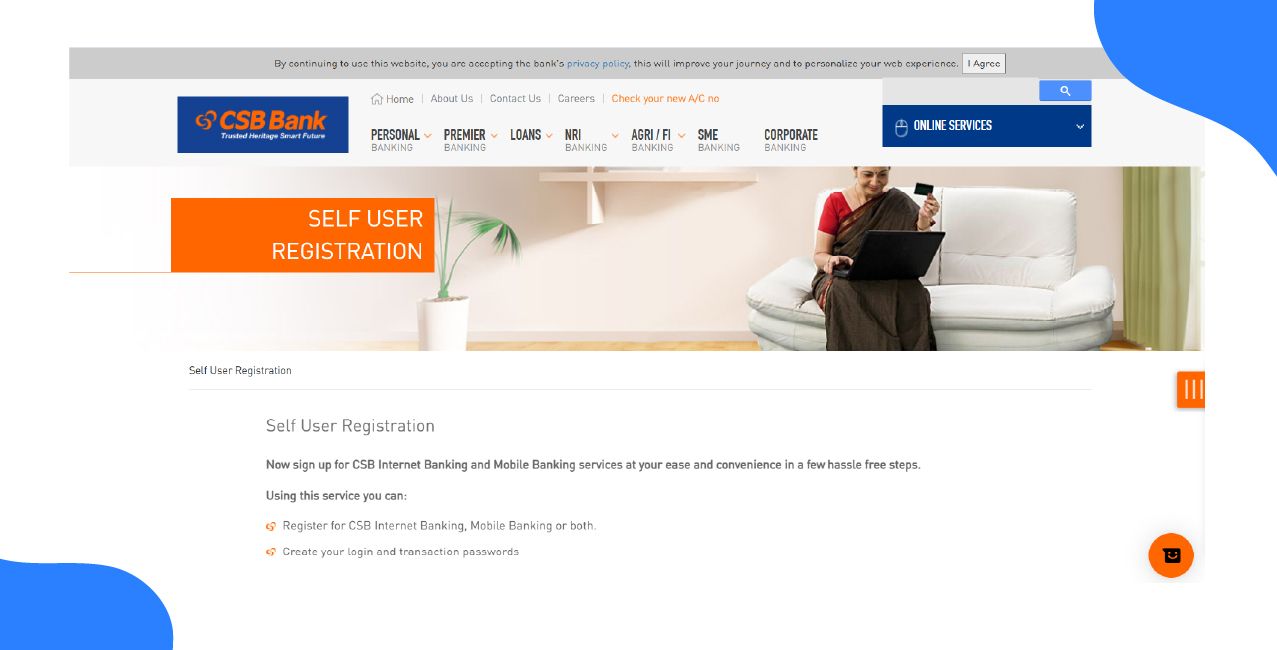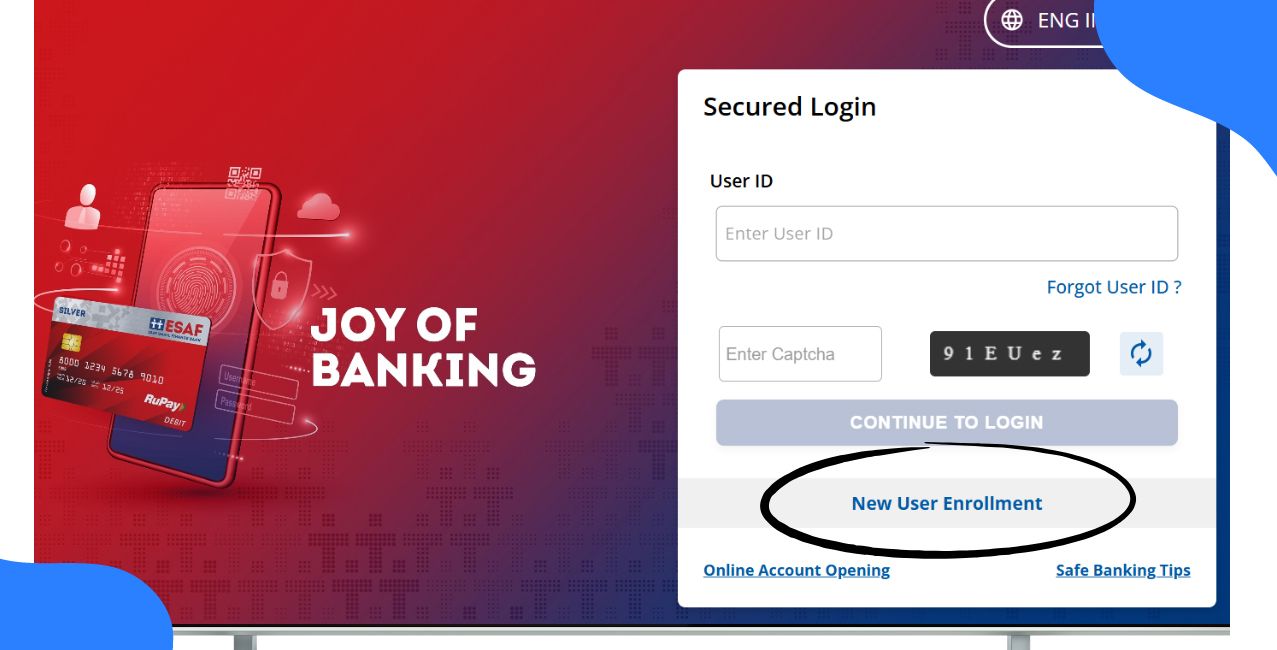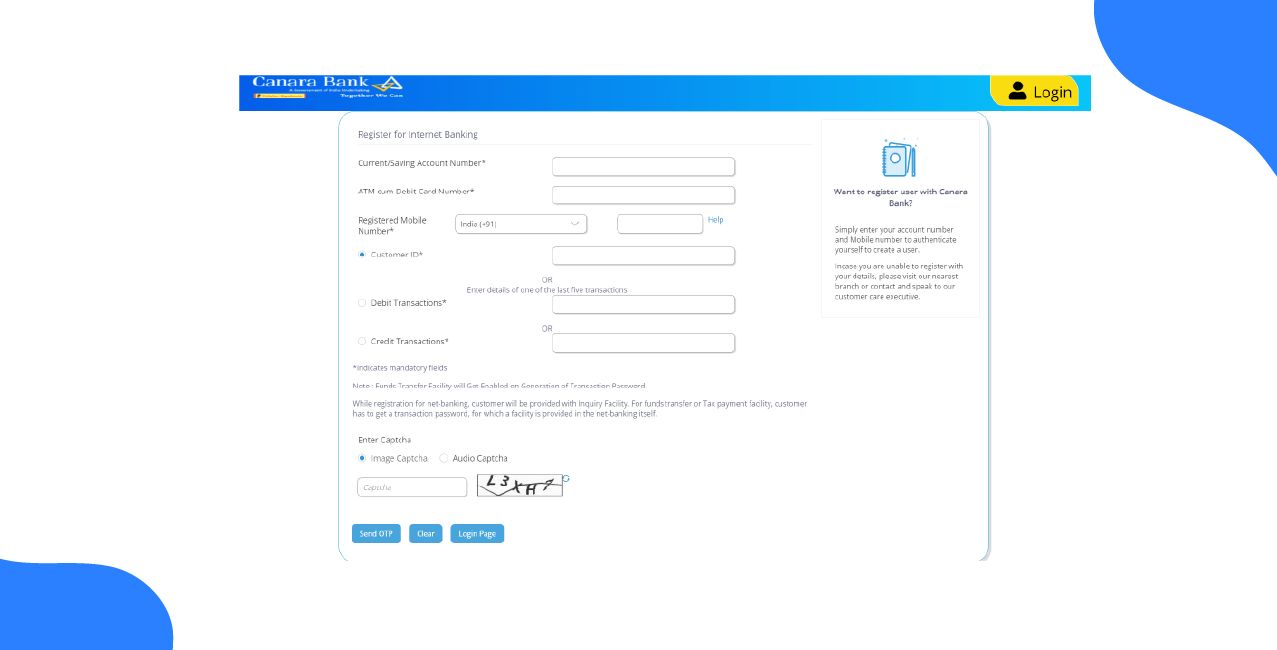
Author
LoansJagat Team
Read Time
9 Minute
20 Jan 2025
Post Office Net Banking – Manage Your Postal Savings Online Effortlessly
The Indian Post Office is one of the most popular government entities, established in the year 1854. Popularly called India Post, it comes under the Ministry of Communication, where it provides a wide range of communication services to the public. In earlier times, it focused on mail deliveries but later included banking.

When the Indian Post Office introduced banking, it became very popular in rural India due to many government-orientated schemes. People who are from the income streams of lower and moderate can avail themselves of abundant savings schemes in the post office bank. Many saving schemes provide higher returns to the public. India has around 1,55,000 post offices.
What is India Post Payments Bank?
India Post Payments Bank (IPPB) was established under the Department of Post, governed by the Ministry of Communication. The first two banks were established in Ranchi, Jharkhand, and Raipur, Chattisgarh, on 30th January 2017. From the Financial Year (FY) 2018-2019, the Government of India expanded its service across all the post offices in India.
Read More – IPPB Balance Check
The primary objective of IPPB is to aim for financial inclusion in all parts of rural India. Because many banks in India are unable to expand their horizons of banking to the rural population, who have lower or moderate incomes. The IPPB eliminates such barriers and financial exclusions from them.
Features of Indian Post Office Bank Net Banking
Features | Description |
Accounts Summary | You can check your balances in your accounts. |
Savings Account | You can view the statements of your savings account. |
Recurring Deposits (RD) Accounts | To know the interests of your RD. |
Pension Provident Funds (PPF) Accounts | To check the PPF contribution. |
Time Deposits (TD) Accounts | It is a fixed deposit account. |
National Savings Certificate (NSC) Accounts | You can use net banking for NSC. |
Loan on PPF | Applying for loan citing PPF. |
Monthly Interest Scheme (MIS) | To track MIS every month. |
24/7 Service | You can do banking at any time. |
How to Register for Indian Post Office Bank Net Banking?

Step 1: Apply for a savings account in a post office bank. After verification, they will allot a customer ID. This is the user ID for net banking.
Step 2: You can also get your customer ID from the first page of your savings bank passbook. It will be mentioned as a Customer Information Number (CIF) in the passbook.
Step 3: Log on to the official website of the India Post.
Step 4: Click the three stacked lines in the left sidebar of the website.
Step 5: From the drop-down menu, select the tab ‘Banking and Remittance.’
Step 6: Select “Net Banking.”
Step 7: You will be redirected to an external website for net banking. Sometimes a tab may ask for your confirmation. So select “OK.”
Step 8: Now you are on the official website of IPPB net banking. Click on “New User Activation.”
Step 9: You will be taken to another page to activate your net banking.
Step 10: On the next page, you will see two tabs, namely “Customer ID” and “Account ID.” Enter the numbers accordingly, which are mentioned in your passbook.
Step 11: Click "Continue.”
Step 12: You will receive the One-Time Password (OTP) from your registered mobile number. Enter the OTP and click “Continue.”
Step 13:
- Now you will see two options, namely, “Set Internet Login Password” and “Set Transaction Password.”
- Create a password for your Net Banking login. The password must be with a minimum of 9 characters to 28 characters. Your password must have one capital letter, one small letter, one number, and one special character.
Example: Sakthi@123
- Create a password for transaction login. This password is used when you do financial transactions via net banking. The above-mentioned password rules are also applied here.
- Click “Continue” after completing all the details.
Step 14: On the next page, you will see the password has been changed successfully.
Step 15: Select the tab “Go to Login Page.” It will redirect you to the home page of IPPB.
Step 16: Enter your customer ID and the verification code. Click the tab “Login.”
Step 17: On the next page, enter your password. Click “Log In.”
Step 18: You will receive the OTP for validation. Enter it and click “Continue.”
Step 19: As a first-time user, you will see the terms and conditions. Read it completely and navigate to the bottom to click the tab “I Agree.”
Step 20: Set the security questions and answers. You must select at least five questions to answer. It is done for security purposes. Do not share it with anyone. It is essential when you have problems logging into your net banking.
Step 21: Click “Register.” You will be taken to the next page. On this page, you will see the “Personal Assurance Message” tab. Enter any name that is easy to remember.
Step 22: Click “Update.”
Step 23: On the next page, you will see the password policy guidelines. So you need to change your password for login, as per the previously mentioned rules. This is done to ensure security purposes. Click “OK.”
Step 24: You have successfully created your net banking. You will be in the “Dashboard” of your net banking. You can see that your password is valid only for 180 days. After that, you have to reset the password.
Step 25: You can check all the details related to your account, such as account balance, mini-statement, and many others.
How to Check the Balance of an Indian Post Net Banking Account?
Step 1: Go to the net banking portal of IPPB.
Step 2: Enter your User ID and Verification code.
Step 3: Click the tab “Log In.”
Step 4: On the next page, enter your net banking password and click the tab “Log In.”
Step 5: Enter the OTP which is sent to your registered mobile number and click “Log In.”
Step 6: You will be in the dashboard. Scroll down to see your balance in the savings bank account.
How to Reset Password?

Step 1: Go to the net banking portal of IPPB.
Step 2: Select the option “Forgot Password?.”
Step 3: Enter your customer ID, i.e., Customer Information Number (CIF number).
Step 4: Click the tab "Submit.”
Step 5: Now login with the OTP that has been sent to your registered mobile number.
Step 6: Create a new password. Remember that the password is valid only for 180 days.
Disclaimer: Your password must have one uppercase, one lowercase, one special character, and one special number.
How to Add a Beneficiary?
Step 1: Go to the net banking portal of IPPB.
Step 2: Enter your user ID and verification code.
Step 3: Login by using your password.
Step 4: Validate the OTP from your registered mobile number.
Step 5: You will be in the dashboard. Select the tab “Transactions” in the navigation bar.
Step 6: Click “Manage Payee” in the sidebar, which is on the left side of the website.
Step 7: You will be on the next page, titled “Manage Beneficiary." Under this title, you will see the tab “Option.” Select it.
Step 8: You will see three options for beneficiaries:
- Add Third Party Payee Within DOP.
- Add Other Bank Payee.
- View Payee.
Step 9: Select either of the options, and you will be prompted to the next page.
Step 10: If the beneficiary is within or outside the IPPB, you need to enter a name, nickname, account number, network, and bank identifier. Here, the network and bank identifier refers to the IFSC code.
Also Read - IPPB Customer Care Number
Step 11: Click “Continue.” The beneficiary will be added.
Step 12: If you need to view the beneficiary, select “View Payee” in the option. Here you can modify or delete the beneficiary. If you have many beneficiaries, you can search for them by entering their name or nickname.
Disclaimer: Refer to the Customer Care Services
If you have any queries and find technical glitches in accessing net banking, you can reach out to their customer care team in two ways
Toll-Free Number | Post Office Headquarters |
1800 266 6868 | 2nd Floor, Speed Post Centre, Bhai Veer Singh Marg, Market Road, New Delhi – 110001 |
India Post Payments Bank Net Banking Limits and Charges
IMPS Charges
Transaction Limit | Savings Account | Current Account |
Up to ₹ 2,000 | ₹ 5 | ₹ 5 |
₹ 2,001 to ₹5,000 | ₹ 5 | ₹ 5 |
More than ₹ 5,000 | ₹ 10 | ₹ 10 |
IMPS Transaction Limits
Account Type | Minimum Transaction Limit | Maximum Transaction Limit | Per Day Limit |
Savings Account | ₹ 5 | ₹ 50,000 | ₹ 2,00,000 |
Current Account | ₹ 5 | ₹ 50,000 | ₹ 2,00,000 |
RTGS Charges
Transaction Limit | Savings Account | Current Account |
₹ 2 lakhs to ₹ 5 lakhs | ₹ 24.50 | ₹ 24.50 |
More than ₹ 5 lakhs | ₹ 49.50 | ₹ 49.50 |
RTGS Transaction Limits
Account | Minimum Amount | Maximum Amount | Per Day Limit |
Saving Account | ₹ 2,00,000 | ₹ 5,00,000 | NIL |
NEFT Charges
Transaction Limit | Savings Account | Current Account |
Up to ₹ 10,000 | NIL | ₹ 2.25 |
From ₹ 10,001 to ₹ 1,00,000 | NIL | ₹ 4.75 |
From ₹1,00,000 to ₹ 2,00,000 | NIL | ₹ 14.75 |
More than ₹ 2,00,000 | NIL | ₹ 24.75 |
NEFT Transaction Limits
Account Type | Minimum Amount | Transaction Limit | Per Day Limit |
Savings Account | ₹ 1 | ₹ 2,00,000 | NIL |
Current Account | ₹ 1 | ₹ 2,00,000 | NIL |
Conclusion
The IPPB changes the face of the Department of Post (DoP) through internet banking and other banking services. Because many rural populations are now able to access the banking facility. Besides, this reduces the need to visit the post office bank often. All the bank customers of IPPB enjoy seamless banking where the steps involved in net banking are quite easier.
FAQs Related to India Post Payments Bank Net Banking
How to access IPPB Net Banking?
Log on to the IPPN Net Banking portal. Enter your User ID and verification code. Click “Log In.” On the next page, enter your net banking password and validate it with the OTP. After this, you can login into your IPPB Net Banking account.
What is the limit for NEFT transactions in IPPB Net Banking?
Both the savings accounts and current accounts have a transaction limit of ₹ 2,00,000 per day.
Can I open a joint account in IPPB?
Yes, you can open a joint account in IPPB. However, you have to state the nature of your relationship with the joint holder.
What is the minimum balance in the IPPB savings account?
There is no minimum balance in the IPPB savings account.
Can I open a Pension Provident Fund (PPF) account in IPPB?
Yes, you can open a Pension Provident Fund (PPF) account in IPPB.
Other Net Banking Services | |||
About the Author

LoansJagat Team
‘Simplify Finance for Everyone.’ This is the common goal of our team, as we try to explain any topic with relatable examples. From personal to business finance, managing EMIs to becoming debt-free, we do extensive research on each and every parameter, so you don’t have to. Scroll up and have a look at what 15+ years of experience in the BFSI sector looks like.

Quick Apply Loan
Subscribe Now
Related Blog Post


